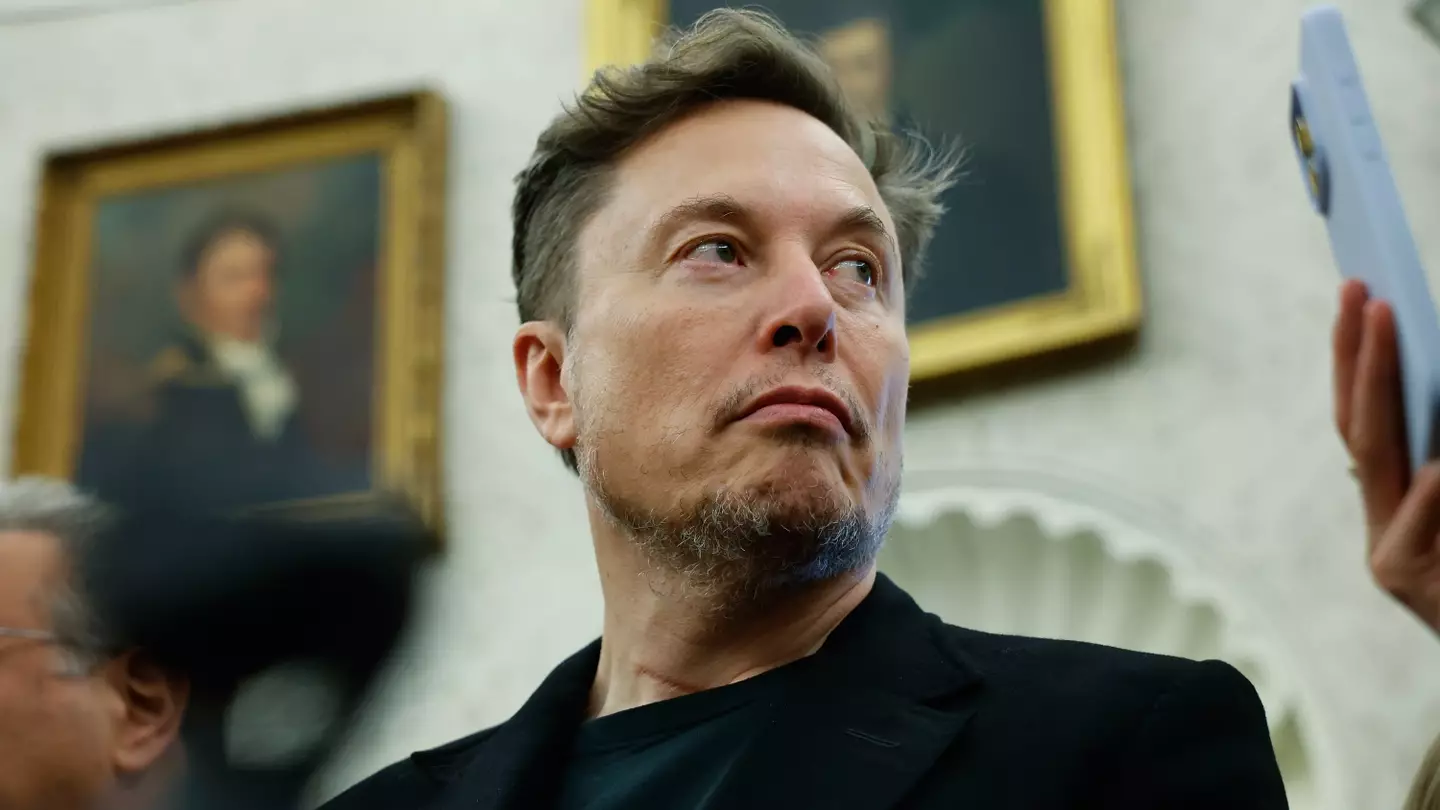Concerns have been raised by a scientist regarding the environmental impact of one of Elon Musk’s enterprises, which might have significant consequences for humanity.
Elon Musk, the tech mogul who runs companies such as Tesla, X, and Neuralink, founded SpaceX in 2002. However, this venture has drawn scrutiny from scientists due to potential environmental impacts.
An astrophysicist has highlighted that Musk’s company might trigger a chain reaction with severe outcomes, including major disruptions to our communication systems.
Starlink, the satellite internet service operated by SpaceX, has been deploying satellites since 2019.
There is growing concern about the frequency with which these satellites are returning to Earth.
Astrophysicist Jonathan McDowell has pointed out that, currently, one to two Starlink satellites descend back to Earth daily, posing potential environmental risks.
Currently, 8,000 Starlink satellites are orbiting Earth, and this number is expected to rise.
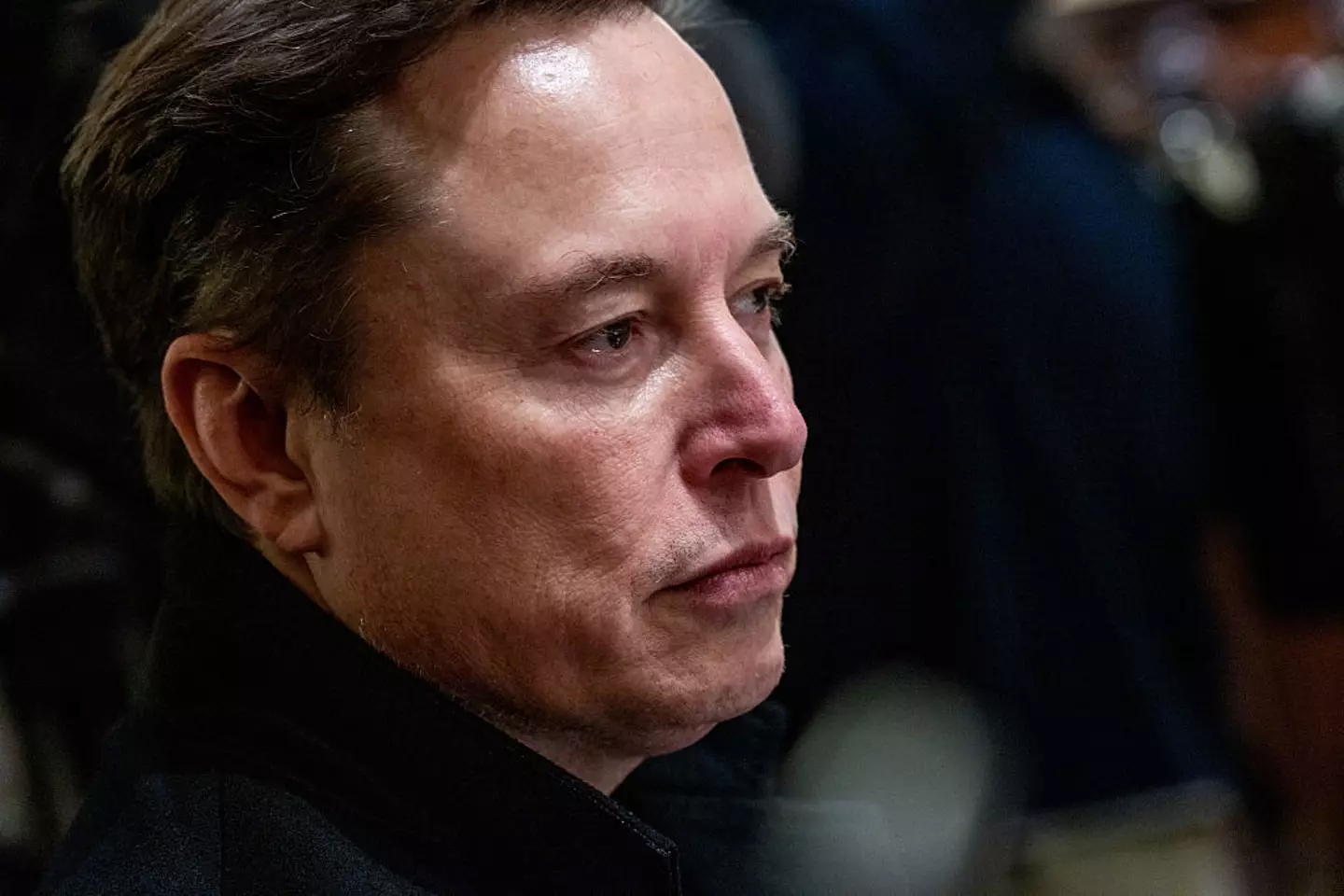
In an interview with EarthSky, McDowell revealed that up to five satellites might re-enter Earth’s atmosphere each day.
He explained: “With all constellations deployed, we expect about 30,000 low-Earth orbit satellites (Starlink, Amazon Kuiper, others) and perhaps another 20,000 satellites at 1,000 km [620 miles] from the Chinese systems.
“For the low-orbit satellites we expect a 5-year replacement cycle, and that translates to five reentries a day. It’s not clear if the Chinese will orbit-lower theirs or just accelerate us to chain-reaction Kessler syndrome.”
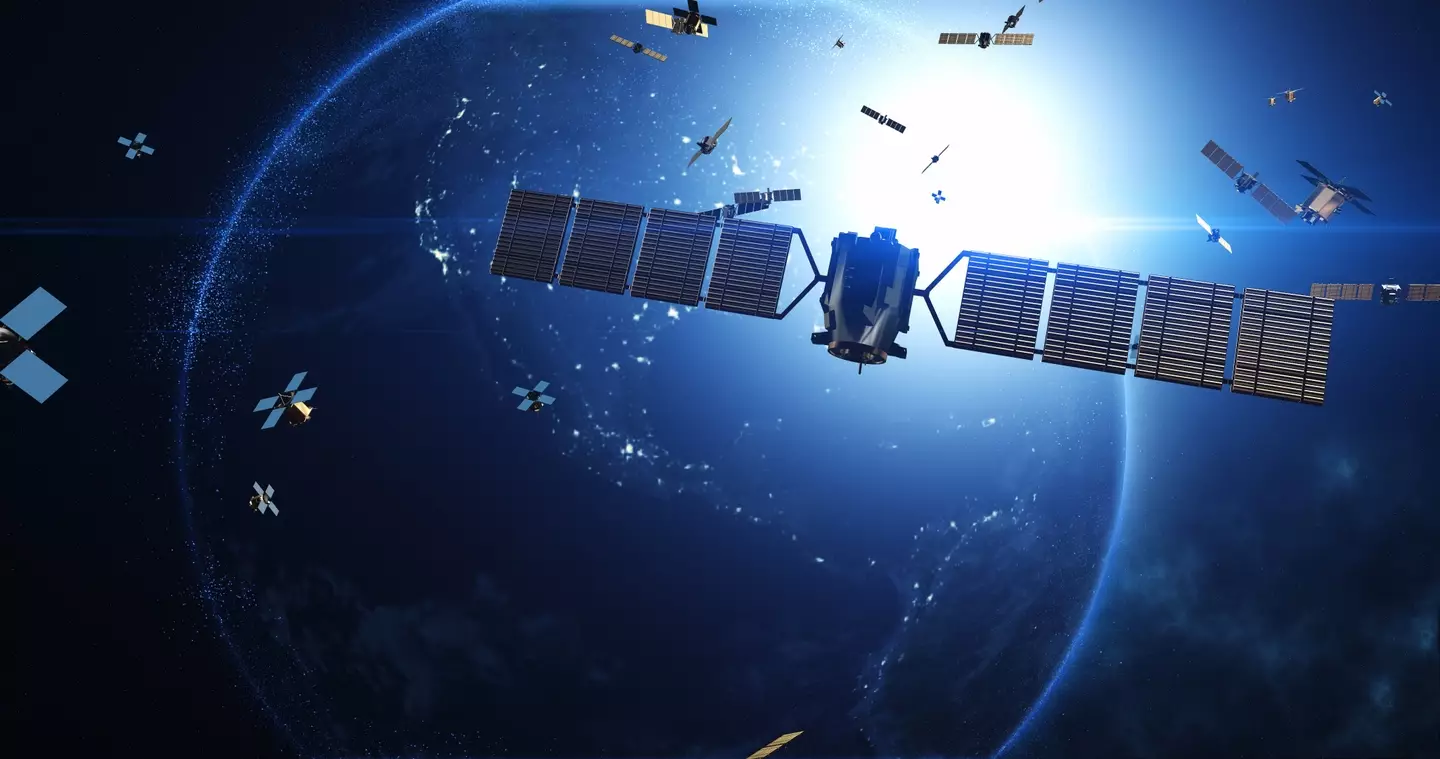
It is now suspected that these satellites may have undesirable effects on the environment.
In 2023, the National Oceanic and Atmospheric Administration (NOAA) published research on Earth’s stratosphere, noting the presence of “an unexpected quantity of particles with a variety of exotic metals.” These particles are believed to originate from satellites and expended rocket boosters as they burn up during reentry.
The study detected elements such as niobium, hafnium, copper, lithium, and aluminum.
EarthSky elaborates that these particles can absorb and reflect solar rays, and contribute to chemical reactions that may deplete the ozone layer, thereby harming the planet’s atmosphere.
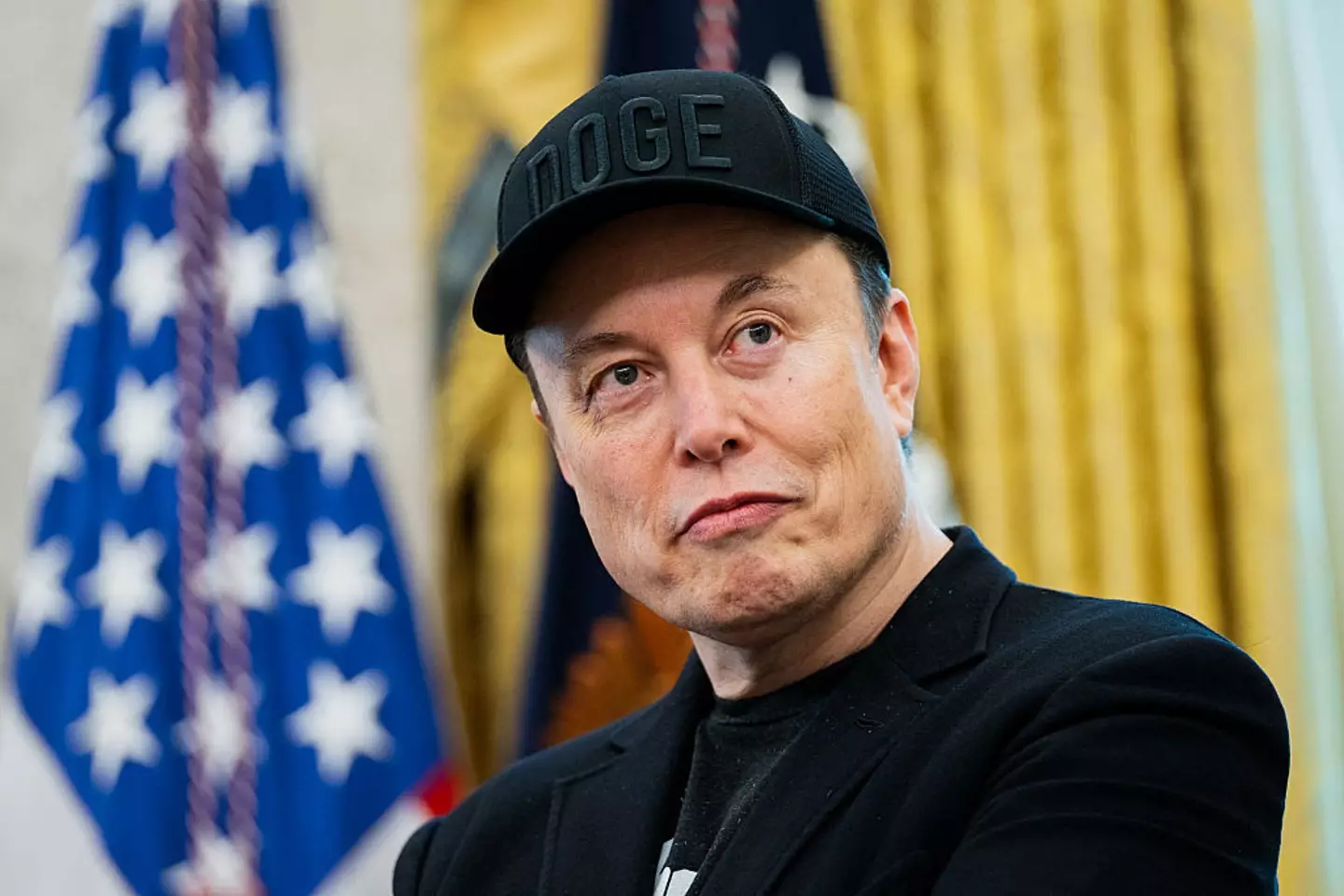
Daniel Murphy from the NOAA’s Chemical Sciences Laboratory commented to Science: “Almost no one is thinking about the environmental impact on the stratosphere.
“It would be better to understand it now than when there’s much more.”
In a 2023 report, The Federal Aviation Administration cautioned Musk that the satellites could pose significant risks to human safety by 2035.
The report estimated that around 28,000 hazardous fragments might survive reentry into Earth’s atmosphere, to which Musk responded by dismissing the report as “preposterous, unjustified and inaccurate.”
“To be clear, SpaceX’s satellites are designed and built to fully demise during atmospheric reentry during disposal at the end of life, and they do so,” stated a letter from SpaceX.
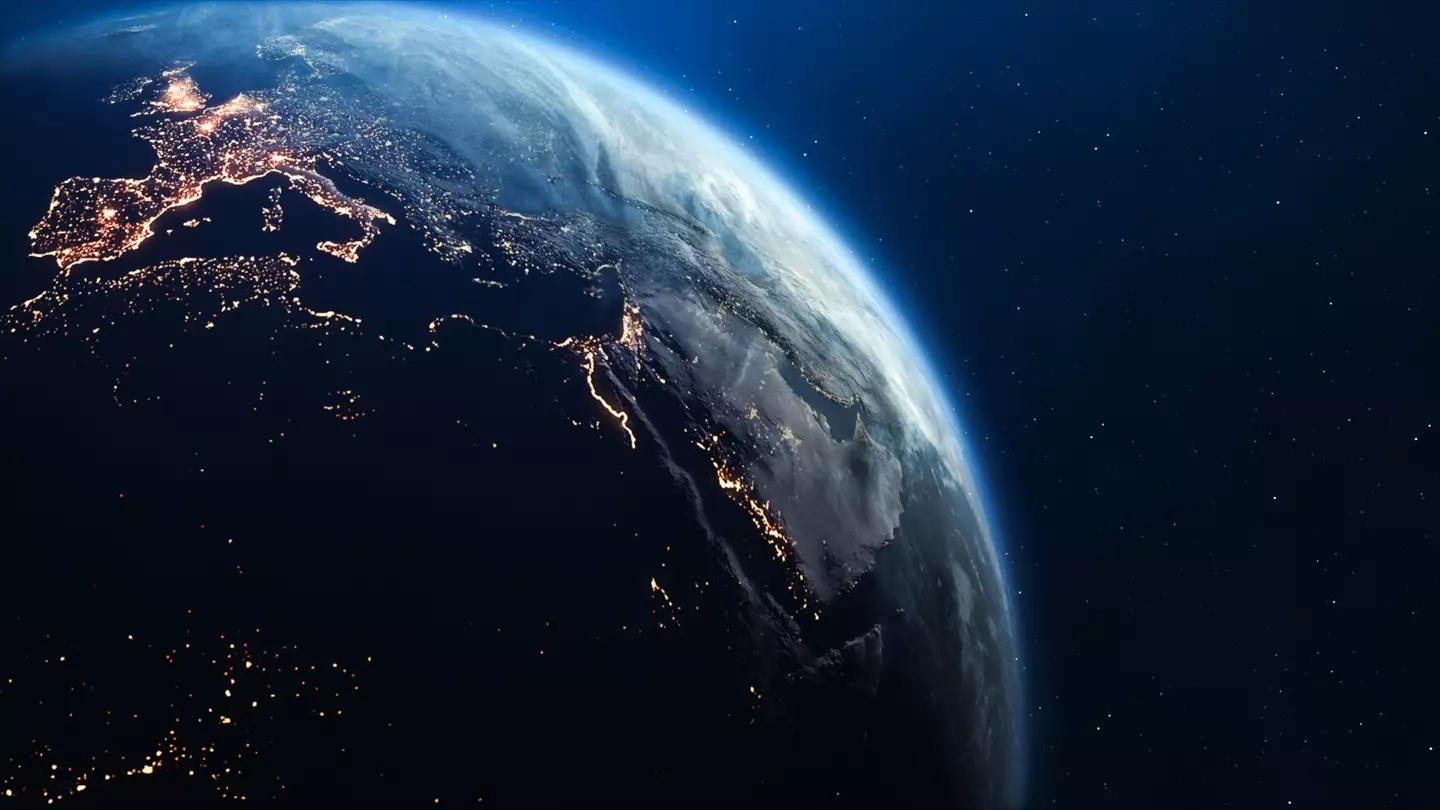
McDowell has warned that the high frequency of re-entries could lead to Kessler syndrome, potentially complicating and increasing the costs of space exploration.
The Space Centre clarifies: “The Kessler syndrome was first proposed in 1978 by NASA scientist Donald J. Kessler. This was shortly after the Space Race and the number of satellites being sent into low Earth orbit (LEO) was accelerating rapidly.
“Kessler proposed a theoretical scenario where the number of objects in LEO would become so vast that it would cause a chain of events that could eventually stop us leaving Earth.
“Kessler’s theory is that if we keep launching into space without a plan of bringing things back down, it would cause LEO to reach a critical mass where collisions between objects would inevitably begin to happen.”
Astrodynamicist and MIT professor Richard Linares conveyed to Aerospace America that such a situation could lead to a future where “humans probably don’t have any incentive to launch satellites, because we’re losing 50% of them” to debris collisions, significantly affecting satellite communications.
Efforts to reach out to Musk for comment are ongoing.

